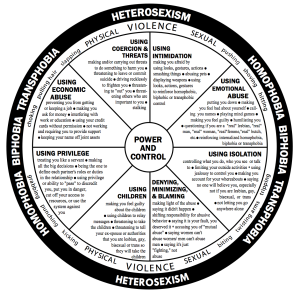LGBTQ+
LGBTQ+ people may face unique challenges when experiencing intimate partner violence.
Intimate partner violence (IPV) and sexual violence affect individuals across all gender identities, sexual orientations, and social groups. However, LGBTQ+ people may face unique challenges when experiencing these forms of violence due to societal stigma, discrimination, and a lack of specific resources and support. These factors can make it more difficult for LGBTQ+ individuals to seek help or access services that can protect them and hold offenders accountable.
Intimate Partner Violence (IPV) in LGBTQ+ Communities:
Intimate partner violence refers to physical, emotional, psychological, sexual, or financial abuse within a romantic relationship. It can happen to anyone, but LGBTQ+ people may face additional barriers or unique experiences when encountering IPV.
LGBTQ+ individuals face unique challenges in relation to intimate partner violence and sexual violence. These challenges include a combination of societal stigma, internalized discrimination, and a lack of targeted resources. However, by increasing awareness of these issues and ensuring access to inclusive support systems, we can help protect and support survivors of violence in the LGBTQ+ community. It’s important that we continue to address the intersection of abuse and discrimination to create a safer and more equitable environment for all.

